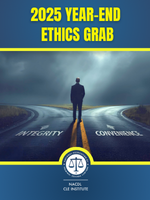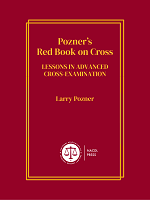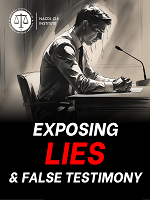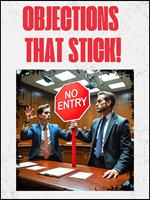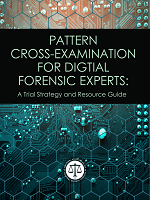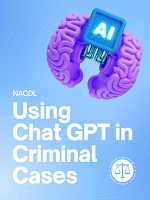For example, in eyewitness identification cases, the question of how a misidentification occurred is probably not as simple as “was this not a double-blind sequential lineup?” And the reasons for a false confession cannot be boiled down to a single mistake of “the interrogators used minimization techniques.” Instead, attorneys should widen the lens of inquiry to see how it would have seemed reasonable at the time for the cops to zig when they should have zagged and follow the defendant down the tunnel.
Viewing police mistakes using the “organizational accident” approach can be a substitute for, or at least a complement to, the “one big screw-up” or “one twisted cop” approach. Attorneys can use this approach as an aid to finding, investigating, and telling a compelling story to a jury. One attractive thing about this approach is that it mobilizes the jurors' commonsense; it doesn't ask them to vote up or down a simplified defender argument. Equipped with this new "sentinel event" lens, jurors can now see things the other actors couldn't as the case developed, and the mistakes that cascaded.
Presented by James Doyle (Boston, MA) and Detective (ret.) James Trainum (Washington, DC)


